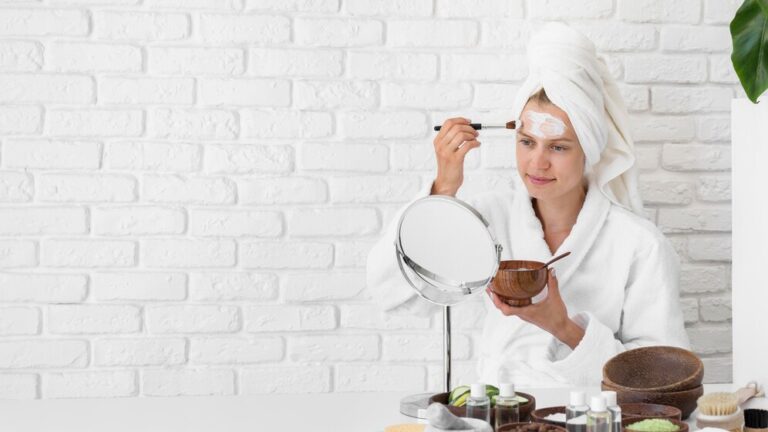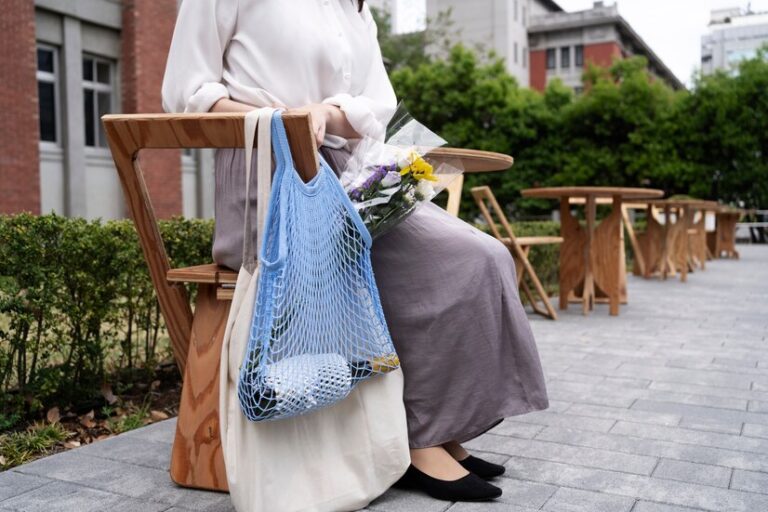Areola Restoration: Healing and Aftercare Tips
After breast reconstruction surgery, many women choose to have their nipples and areola reconstructed with tattooing. It is done about 3-4 months post-surgery when the new breast mound has healed. This cosmetic procedure gives the appearance of a natural areola and can minimize surgical scars, if any. However, nipple-areola tattooing does require some care to avoid complications or color fade.
Apply Antibiotic Cream
Nipple reshaping, or areola restoration, is the final step in breast reconstruction after a mastectomy. It involves using a skin graft from another part of your body to cover the scar and restore the appearance of your nipples and areola. The procedure is an excellent option for those who have had surgery that leaves them with an uneven or missing areola or nipple. It is also used by those who have asymmetrical nipples or those who want to change the shape of their nipples.
Aftercare for the procedure is essential to ensure it heals properly and retains color. The most important thing to do is avoid scratching the area, which can cause an infection or scarring. Instead, apply an antibiotic cream to help prevent itching and irritation. Doing this will ensure your nipple tattoo looks natural and healthy for years. To learn more about the procedure, contact Laguna Med Spa Areola Restoration. They are certified in areola tattoo restoration and pigmentation treatment, which can restore the look of a natural areola after breast surgery.
Keep the Area Moist
Areola restoration is a cosmetic tattoo that restores the look of the areola and nipple after breast surgery or trauma. It also corrects asymmetry and color loss in the area after breast reconstruction or augmentation. The procedure uses micro pigment, a tattoo ink that produces a permanent work of art. The area may feel puffy or thicker than usual during the healing process due to swelling and blood buildup. It is perfectly normal, and it will eventually subside. Your physician assistant will put a plastic dressing on the tattoo immediately after your appointment, and you should leave this dressing on for three days. You can shower with it on, but avoid scrubbing the area or submerging it in water. If it becomes soaked, use a paper towel to dry the area. Be careful not to smear the tattoo, which can cause infection and scarring. The tattoo should begin scabbing over within 14 days, and you should let the scabs fall off naturally to avoid exposing fresh, new skin.
Avoid Sunlight
Areola restoration is a tattoo-like procedure replicating the color, shape, and size of a natural areola or nipple after mastectomy surgery or other breast-related surgeries such as augmentations. This procedure also helps camouflage scars. During the surgical procedure, plastic surgeons graft skin from another body part to the area of the areola that needs to be rebuilt. The donor site may be the abdomen, buttocks, or inner thigh. The surgeons use the grafted skin to re-create and reshape the areola, making it look as close to the original as possible. The result of the procedure can significantly improve a woman’s self-confidence and sense of femininity. However, the results of areola tattooing will only last as long as the healing process goes well and the care is given to the area. To help ensure that the results of your areola tattoo will last, avoid sun exposure and tanning, as these can cause the pigment to fade prematurely.
Avoid Scratching
Areola Restoration can be very beneficial for breast cancer survivors who’ve undergone a mastectomy. The procedure can also be used to restore a symmetrical and natural-looking nipple after breast reduction surgery or breast augmentation. In the weeks following the procedure, it’s normal to experience some tenderness and redness in the general area of your nipples and areola. You may also notice some flaking. However, do not scratch the area; this can reopen the wound and lead to infection.
In addition to avoiding sun exposure, keeping the area moist is essential. Although it might be itchy, resist scratching the area, as this can cause granulomas and keloid scarring. Additionally, do not swim or sunbathe until the nipple tattoo is completely healed. It can prevent bacteria from entering the wound, which can cause infection.







